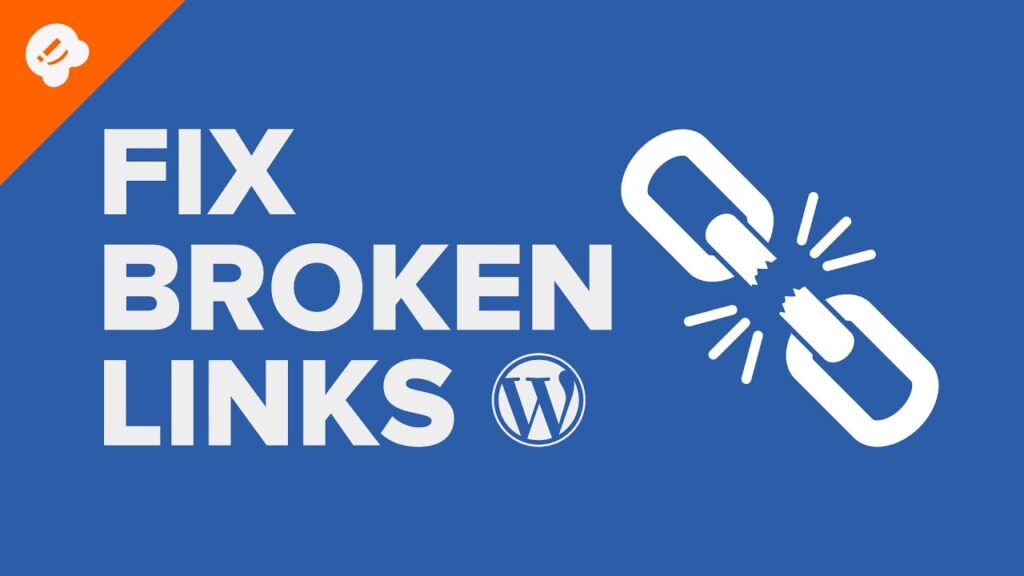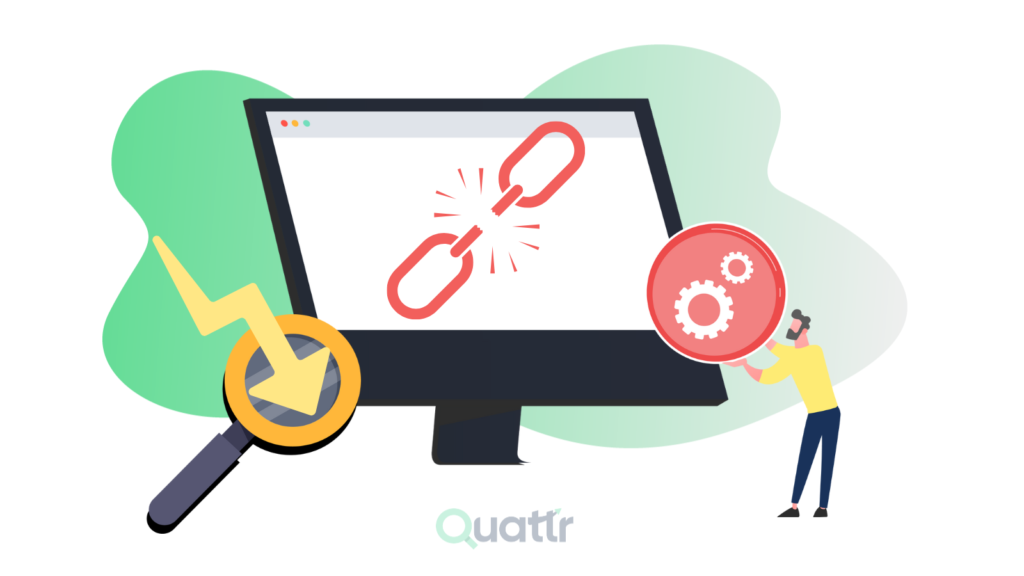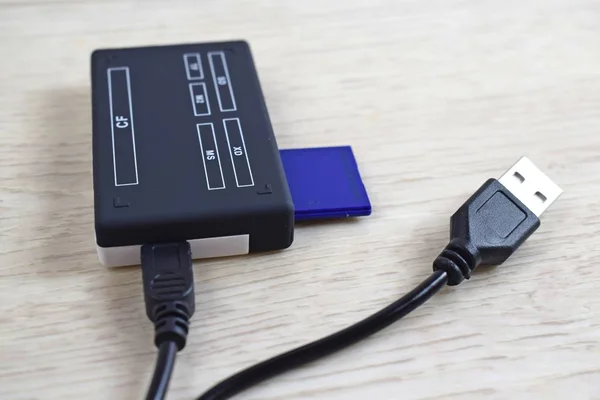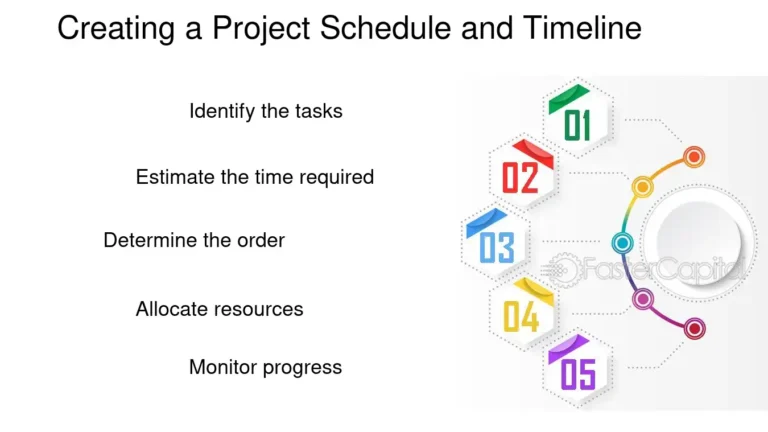
Broken links are a silent killer of website performance and SEO rankings. They disrupt user experiences, increase bounce rates, and hinder search engine crawlers from effectively indexing your website. Whether you’re managing a personal blog or a corporate website, repairing broken links is a critical step in maintaining a functional and healthy online presence.
This blog will guide you through understanding broken links, their causes, and how to effectively repair them. With actionable tips and insights, you’ll be equipped to optimize your website and improve its overall performance.
What Is Link Repair and Why Is It Important?
Understanding Broken Links and Their Causes
Broken links, also known as dead links, are hyperlinks that lead to pages or resources that no longer exist or are inaccessible. They are common on websites due to several factors, including:
- URL Changes: Pages may be moved or renamed, and without proper redirects, links to these pages become broken.
- Deleted Pages: Content that is no longer relevant or has been removed without updating links creates dead ends.
- Typographical Errors: A simple mistake in the URL while creating a hyperlink can lead to broken links.
- External Link Rot: Websites that you link to may delete or change their pages, resulting in broken external links.
By understanding these causes, website owners can proactively prevent and repair broken links, preserving the integrity of their websites.
The Role of Link Repair in SEO Health
Search engines prioritize websites that offer seamless user experiences. When broken links disrupt navigation, they signal poor website management to search engines. Here’s how link repair contributes to better SEO:
- Improved Crawl Efficiency: Search engine bots can efficiently crawl and index your website without running into dead ends.
- Preserved Link Equity: Backlinks pointing to your site retain their value, boosting your domain authority.
- Reduced Bounce Rates: Visitors stay longer on your site when navigation is smooth and error-free.
Repairing links ensures that your website remains accessible and competitive in search engine rankings.
How to Identify and Fix Broken Links
Tools to Detect Broken Links
To maintain a healthy website, it\u2019s essential to identify broken links regularly. Several tools can assist in detecting these issues:
- Google Search Console: Offers a free and detailed report on crawl errors, including broken links.
- Screaming Frog: A powerful tool for conducting comprehensive website audits and identifying broken links.
- Ahrefs: Helps analyze backlinks and identify broken external links pointing to your website.
- WordPress Plugins: Tools like Broken Link Checker simplify the process for WordPress users.
These tools provide actionable insights, making it easier to pinpoint and resolve broken links efficiently.
Methods to Repair Broken Links
Once broken links are identified, here are the most effective methods to fix them:
- Internal Link Repairs: Update internal links pointing to outdated or deleted pages with accurate URLs.
- External Link Repairs: Contact external site owners to update backlinks or implement 301 redirects to new destinations.
- Redirect Implementation: Use 301 redirects for permanently moved pages or 302 redirects for temporary changes to guide users and search engines to the correct pages.
- Anchor Text Updates: Ensure anchor text is relevant and updated to reflect the new destination.
Taking these steps ensures a robust link structure and a better user experience.
Step-by-Step Guide: How to Repair Broken Website Links
Audit Your Website Regularly
Regular website audits are essential to detect and fix broken links. Schedule audits monthly or quarterly using tools like Screaming Frog or Google Search Console. These audits allow you to stay proactive in maintaining a healthy website.
Fixing Broken Links Using Redirects
Redirects are one of the most effective methods to repair broken links:
- 301 Redirects: Permanently redirect users and search engines from a broken link to a new URL, preserving link equity.
- 302 Redirects: Temporarily redirect traffic to another page while the original page is being updated or repaired.
Redirects ensure that users don\u2019t encounter dead ends and help retain the SEO value of the original links.
Updating Anchor Texts and URLs
When repairing broken links, ensure that anchor texts accurately describe the destination. For example, instead of generic text like “click here,” use descriptive phrases like “explore our latest products.” This practice not only improves usability but also aligns with SEO best practices.
Why Do Broken Links Harm SEO Rankings?

Negative Impact on Crawling and Indexing
Search engines rely on uninterrupted crawling to index your website effectively. Broken links disrupt this process, causing search engine bots to skip sections of your site. This incomplete indexing can lead to lower rankings.
Loss of Link Juice from Backlinks
Backlinks are a vital factor in building domain authority. When they point to broken pages, their value is lost. Repairing backlinks ensures that the SEO benefits are preserved, boosting your site’s credibility.
Improving User Experience by Fixing Links
Broken links frustrate users, leading to increased bounce rates and a negative impression of your site. By repairing links, you provide a seamless navigation experience, encouraging users to explore more pages and engage with your content.
Best Practices for Link Repair and Maintenance
- Conduct Regular Link Audits: Schedule routine checks to identify and fix broken links before they affect your website’s performance.
- Use Reliable Tools: Leverage advanced tools like Ahrefs and Google Search Console for accurate detection.
- Implement Redirects Wisely: Choose between 301 and 302 redirects based on the nature of the change.
- Update Content Frequently: Ensure that outdated pages and links are updated or redirected.
- Monitor Backlinks: Regularly review external backlinks to identify and address broken links pointing to your site.
By following these practices, you can maintain a healthy and user-friendly website.
What Are the Best Tools to Fix Link Errors Online?
The following tools are invaluable for repairing broken links:
- Google Search Console: A free tool that provides detailed reports on crawl errors and broken links.
- Screaming Frog: Offers in-depth website audits, identifying broken links and other SEO issues.
- Ahrefs: Excellent for backlink analysis and identifying broken links from external sources.
- WordPress Plugins: Plugins like Broken Link Checker simplify the process for WordPress users.
Using these tools streamlines the repair process, ensuring a functional and optimized website.
Affordable Link Repair Services for Small Businesses
For small businesses, outsourcing link repair services can be a cost-effective solution. Professionals use advanced tools and techniques to identify and resolve broken links efficiently. These services include:
- Comprehensive Link Audits: Identifying and repairing broken internal and external links.
- Redirect Implementation: Setting up proper redirects to maintain user experience and SEO benefits.
- Ongoing Monitoring: Ensuring that your site remains free of broken links over time.
Affordable packages are available to cater to the needs of businesses with limited resources, ensuring optimal website performance without breaking the bank.
Conclusion
Repairing broken links is an essential task for maintaining a healthy and functional website. From identifying errors to implementing solutions like redirects, every step contributes to improved user experience and SEO performance. Whether you handle link repair in-house or outsource it to professionals, taking proactive measures ensures your website remains competitive and accessible to both users and search engines.
By prioritizing link repair and following the best practices outlined in this guide, you can create a seamless and engaging website experience for your audience.
FAQs
What is a broken link?
A broken link is a hyperlink that no longer leads to its intended destination, often due to URL changes, page deletions, or errors in the hyperlink.
How do broken links affect my website?
Broken links harm user experience, disrupt navigation, and negatively impact SEO by reducing search engine crawl efficiency.
How can I detect broken links on my website?
You can use tools like Google Search Console, Screaming Frog, or Ahrefs to scan and identify broken links on your site.
What is the difference between 301 and 302 redirects?
A 301 redirect is permanent and transfers link equity, while a 302 redirect is temporary and may not transfer link equity.
Can fixing broken links improve my search engine rankings?
Yes, repairing broken links enhances crawlability, preserves link juice, and improves user experience, all contributing to better SEO rankings.






